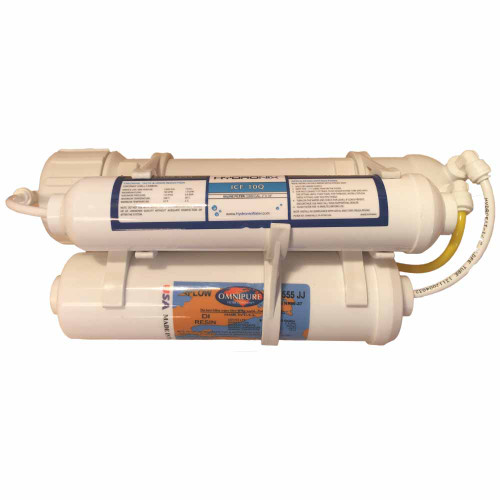stuhyde
Fish Crazy
Looks like it might not have been the substrate after all.
Changed the substrate to basically raw gravel, also did a vinegar test to make sure.
Removed everything from the tank, plants disposed of as they were going black with algae
Done a 20% water change, few days later a 30% water change, then a 40% water change.
Now on day 3 approx, my pH is getting very high again, and the tank is going green very quickly.
Here's my process to help with any suggestions
Run my tap water (7pH) through a Nitrate removal system as my Nitrates are 40+ from the tap
Add Interpret Bioactive Tapsafe Plus in the required quantity
Top up with maybe half a litre of boiling water to get me around 24º which is what the tank is running at, and add to tank.
Tank pH is 7 or thereabouts at this point (raises to 8 when left for 48hrs)
Only thing it can be is my filter??? I have the Interpet Internal Corner Power Filter CPF3 and the tank is around 100L.
Also have 2 air stones at either side of the tank on low.
Any help appreciated as I'm at a bit of a loss now


Changed the substrate to basically raw gravel, also did a vinegar test to make sure.
Removed everything from the tank, plants disposed of as they were going black with algae
Done a 20% water change, few days later a 30% water change, then a 40% water change.
Now on day 3 approx, my pH is getting very high again, and the tank is going green very quickly.
Here's my process to help with any suggestions
Run my tap water (7pH) through a Nitrate removal system as my Nitrates are 40+ from the tap
Add Interpret Bioactive Tapsafe Plus in the required quantity
Top up with maybe half a litre of boiling water to get me around 24º which is what the tank is running at, and add to tank.
Tank pH is 7 or thereabouts at this point (raises to 8 when left for 48hrs)
Only thing it can be is my filter??? I have the Interpet Internal Corner Power Filter CPF3 and the tank is around 100L.
Also have 2 air stones at either side of the tank on low.
Any help appreciated as I'm at a bit of a loss now


